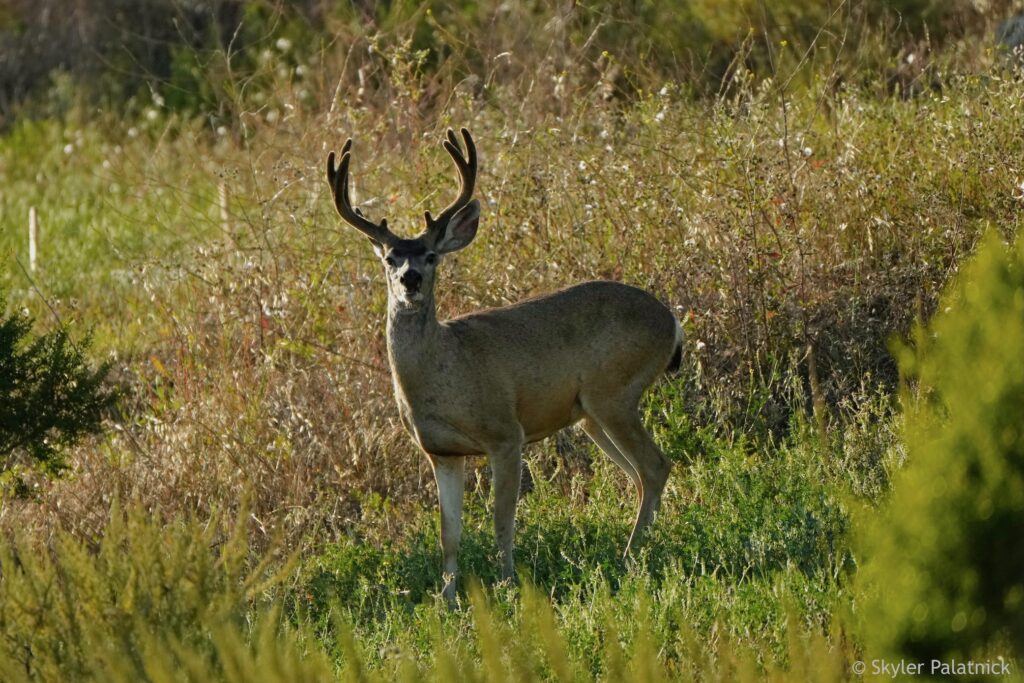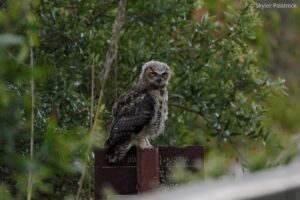Where People and Wildlife Cross Paths
In Santa Barbara County, our trails are more than paths for people. They’re also lifelines for wildlife. Deer, coyotes, bobcats, bears, and even mountain lions often travel the same routes that hikers and cyclists enjoy, alongside a wide variety of birds, reptiles, and other small animals. These corridors connect habitats and help animals move between food, water, and shelter. When we spot tracks in the dirt, hear a rustle in the chaparral, or see a deer at sunrise, we’re sharing the same space in a meaningful way.
Moments like these often spark a lifelong love of nature. Experiencing wildlife up close helps us understand why protecting open space matters. Wildlife naturally follows the easiest routes across the landscape, and our hiking trails often trace those same paths. When designed carefully, new trails can help connect habitats, giving both people and animals more room to move and explore.
Recent California laws, such as the “Room to Roam Act,” highlight the importance of wildlife corridors in regional planning and project approvals. Agencies are encouraged to consider how animals move through the landscape when reviewing new developments, which helps recreation and conservation coexist.
A Balanced Approach: Recreation and Conservation
It’s important to set aside open space for both recreation and conservation. Some areas need to be protected for vulnerable species and have limited public access. Other places, where wildlife is less sensitive, can remain open so people can enjoy and connect with nature in a positive way.
Across California, researchers and organizations are working to understand how recreation affects wildlife. Some studies suggest that even low-impact activities can influence animal behavior, but scientists agree that more research is needed to know how these interactions affect long-term survival.
As trail users, we can help keep that balance by following Leave No Trace principles, respecting seasonal closures, and supporting trail designs that protect wildlife habitat.
In Santa Barbara County, we believe recreation and wildlife conservation can thrive together. By working with local agencies, conservation groups, and volunteers, we can:
- Design and maintain trails that reduce ecological impact while keeping habitat connected.
- Support citizen-science projects where hikers record wildlife sightings and help monitor how animals use our trails.
- Encourage stewardship so that every trail experience strengthens our connection to nature and our commitment to care for it.
When new trails are built, animals often begin using them right away. It’s a reminder of how closely our paths are connected. With thoughtful planning and cooperation, our trails can continue to serve both people and wildlife for generations to come.
Learn More →
- California Department of Fish and Wildlife: Habitat Connectivity and Wildlife Corridors
- California Wildlife Corridor Education and Outreach
All photos © Skyler Palatnick.


